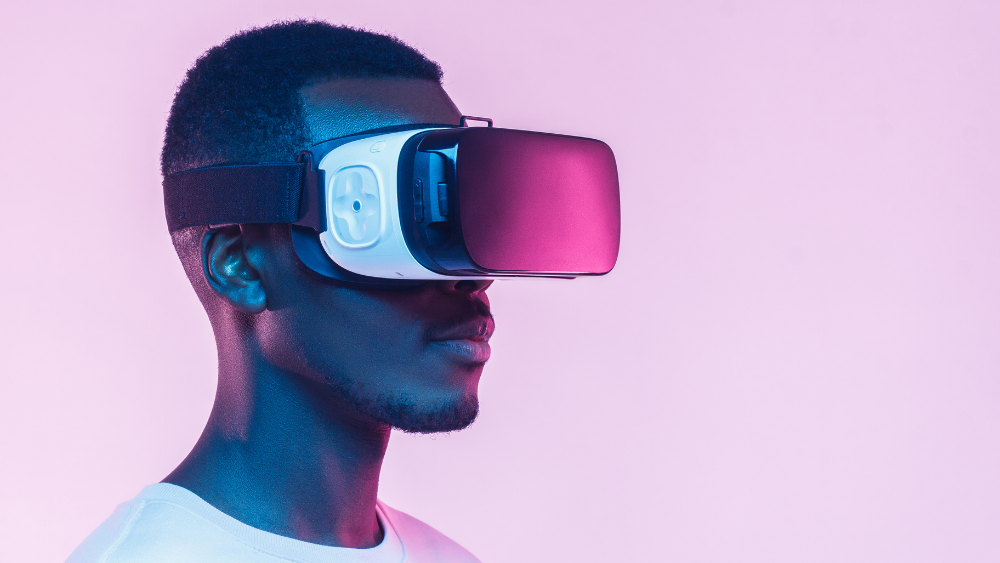Insights
INSIGHTS
All Topics
My Account
Using the latest tech for service delivery
01 Jun 2023by Kellie Smith
From using virtual reality to tackle important issues to adopting artificial intelligence to increase funding and efficiency, we explore the good work being done by digital across the charity sector
Digital innovation in the charity sector has gained momentum during the panndemic. As the UK emerges from lockdowns and social distancing, it’s important that charities don’t lose the progress they’ve made so far.
During the lockdowns, technology was a necessity to support remote working and event fundraising, but there are huge benefits to be gained by this shift. Digital can support all aspects of a charity’s work, including fundraising, service delivery, marketing and communications, and day-to-day operations.
Charities must now look the future so they can identify digital trends and test out technology which could help them to deliver their services.
Think tank and consultancy NPC said that charities should be using tech for product and service design to “help provide better support for more people, not just for spreading the word and mobilising support”.
Here are some examples of charities doing innovative work in digital innovation:
Using AI to increase funding and efficiency
With demand for services increasing and income falling, the charity sector has been under pressure during the pandemic. Parkinson’s UK teamed up with consultancy Greenhouse Intelligence to use artificial intelligence (AI) to increase funding and use its limited resources more efficiently.
The charity was able to track the topics and themes that online communities were discussing online using AI. The team identified several concerns among people with Parkinson’s during the lockdowns, including the importance of staying fit.
As a result, the charity started offering fitness sessions led by physiotherapists on its YouTube channel.
The charity has also improved its fundraising campaigns by using artificial intelligence to help it better identify potential donors. Staff have also been able to identify regular givers who might be thinking of pausing their donations and one-off donors who might be willing to upgrade to a regular subscription.
Using VR to tackle important issues
The NSPCC has been using virtual reality to raise awareness of child abuse. Talk To Me is an online simulation for adults working with children who may be victims of abuse. It aims to build people’s confidence so they can talk about challenging issues, such as abuse, with young people.
Accessed for free through web browsers, the simulation involves fictional young characters who have been created with 3D modelling that mimics body language and facial expressions. Users are guided through different online scenarios by actors who have voiced the characters.
Using chatbots for fundraising
A number of charities are using chatbots to support their fundraising. For example, WaterAid’s ‘Talk to Sellu’ campaign introduced potential donors to Sellu – a farmer, fisherman and father – through a series of messages, photos and video content.
The aim was to encourage people to donate to the charity’s Untapped appeal to help provide clean water, decent toilets and good hygiene to communities like Sellu’s.
Learning disability charity Mencap has a chatbot on its website which introduces web users and potential donors to Aeren, who was born with a learning disability. The chatbot gives information about her life and provides statistics on learning disabilities in the UK.
Raising money with Gaming for Good
Many charities are using Gaming for Good to raise vital funds to help them deliver their services. Since 2006, War Child has raised over $5 million (£3.8 million approx) by targeting gamers.
This includes its Armistice campaign, an annual fundraiser to promote peaceful gameplay in support of children affected by war. It has raised over $700,000 (£525,000 approx) since its launch in 2016.
In 2021, End Youth Homelessness, a UK-wide network of local charities working together to tackle youth homelessness, held a gaming festival to raise awareness of the number of young homeless people and raise funds.
Giving iPads to address the digital divide
The pandemic has widened the digital gap. Thanks to the hard work of charities, vulnerable groups of people have been able to access technology.
For example, NHS Charities Together – a network of NHS charities across the UK which raises funds to support the NHS – gave a grant to the Deaf CAMHS service at the Leeds and York Partnership to buy laptops and iPads to help deaf children stay in touch.
The children were able to use the devices to continue to receive therapeutic support and access home schooling.
Using blockchain to manage donations
Blockchain is a type of technology that allows digital information to be distributed safely and transparently. This means information can be distributed safely without risk of fraudulent activity. For charities, this means managing donations more efficiently and improving trust with donors, as blockchain can track and trace transactions.
St Mungo’s was one of the first charities to use a fundraising platform with blockchain technology. In 2017, the organisation worked with social technology company Alice to raise £50,000 to help people sleeping rough in London.
The platform worked to freeze donations until the charity provided evidence that the money would be used to meet the goals of the fundraising appeal.
More on this topic
21 Feb 2025by Ioan Marc Jones
How charities stopped centring service users
Recommended Products
21 Feb 2025by Ioan Marc Jones
How charities stopped centring service users
Our Events
Charity Digital Academy
Our courses aim, in just three hours, to enhance soft skills and hard skills, boost your knowledge of finance and artificial intelligence, and supercharge your digital capabilities. Check out some of the incredible options by clicking here.















